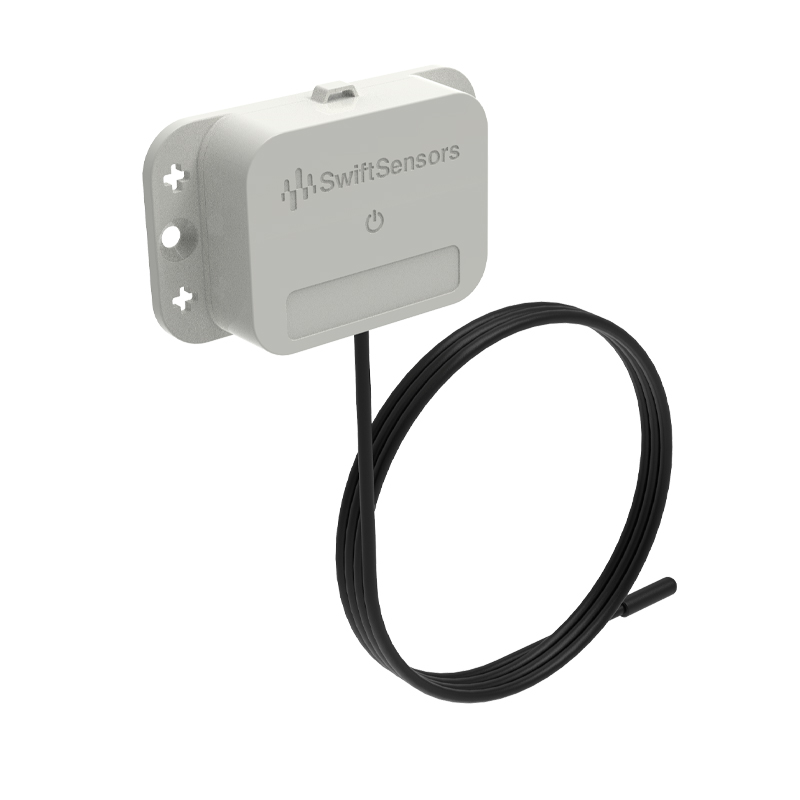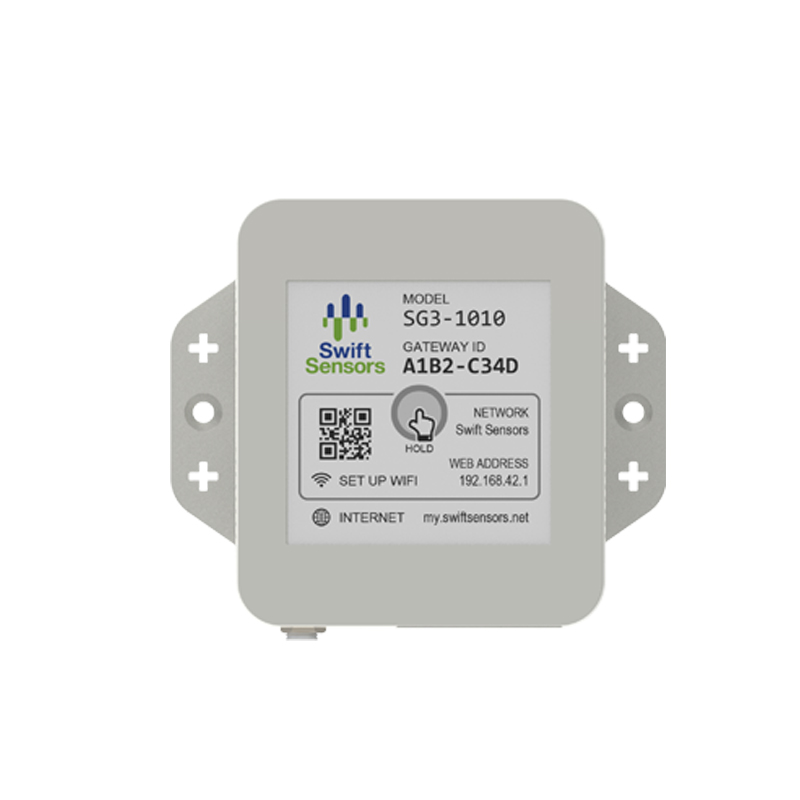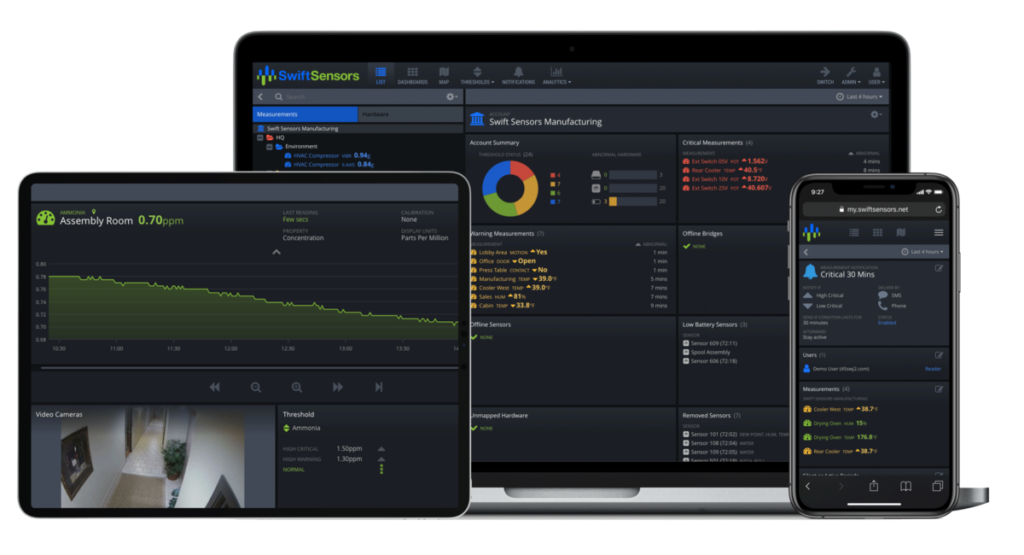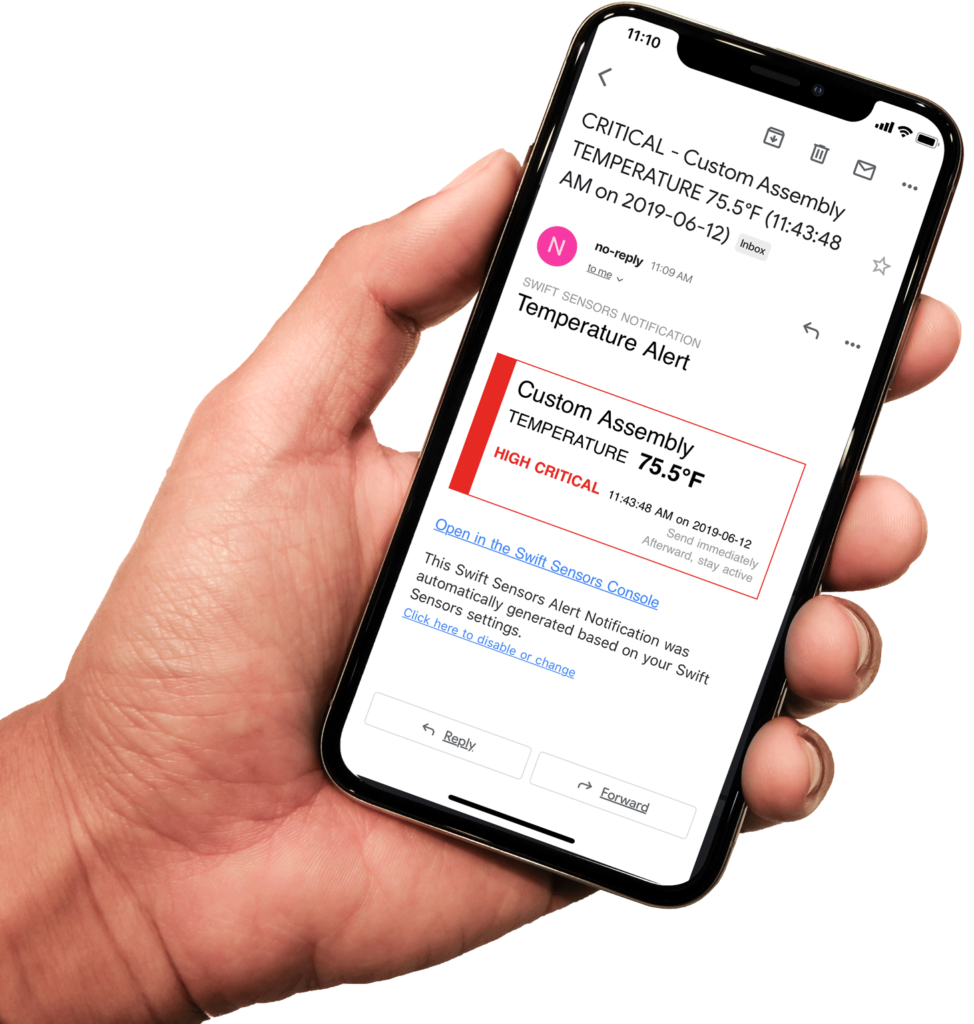The scope of COVID-19 vaccinations is about to expand in the U.S., and that means more pharmacies and small clinics may be receiving shipments of vaccine within the next few weeks. As of Jan. 12, the federal government is planning to release the available doses that it’s been holding in reserve for second shots, in favor of starting the two-step vaccination process sooner for more people–a practice that the incoming administration plans to pursue as well.
This scaling up will likely require more distribution points as providers reach their storage capacity and the government tries to reach more people. That means the time is now for the 23,000 or so independent pharmacies in the U.S. to prepare to receive vaccine shipments and store them safely until they can be administered.
Swift Sensors is ready to help pharmacies and clinics to meet the storage requirements outlined by the Texas Department of State Health Services (DSHS) and the U.S. Centers for Disease Control and Prevention (CDC). According to December 2020 guidance from the CDC, the Moderna vaccine must be kept frozen between -25° C and -15°C or refrigerated for up to 30 days before first puncture between 2°C and 8°C. There are also data monitoring and recording requirements.
Here’s what your facility needs in order to meet these guidelines.
A freezer that meets CDC standards
The CDC recommends storing COVID-19 vaccines in a freezer or refrigerator built specifically for vaccine storage because they contain features that household freezers don’t, like fans to circulate cold air for even temperature distribution. A household refrigerator can work for post-puncture storage, but the CDC warns against relying on the freezer compartment in a home unit to store frozen vaccine.
A temperature sensor with a digital data logger
The CDC recommends—and the Texas DSHS requires—a digital data logger (DDL) “to continuously monitor the temperature of the vaccine” in each freezer and refrigerator where COVID-19 vaccine is stored. A DDL combines a temperature probe that’s calibrated to the proper temperature range with remote data reporting capabilities. The DDL allows pharmacy staff to monitor the temperature inside the freezer or refrigerator without opening the door to read a thermometer.
For example, the Swift Sensors Series 3 Wireless Remote Temperature Sensor (3-105) features a sealed NTC probe with a range of -40°C to +125°C, making it ideal for monitoring the Moderna vaccine in both freezers and refrigerators. This wireless temperature sensor can be installed in just a couple of minutes and starts taking temperature readings right away.
A way to remotely monitor temperature data
Once your pharmacy has DDLs installed on its vaccine storage units, the CDC and DSHS recommend that they log the temperature at least every 30 minutes. Our 3-105 sensor lets pharmacy managers set a custom inspection rate from one minute to 30 minutes.
As the wireless remote sensor records vaccine storage temperatures, it securely transmits that data in real time to the sensor gateway.
This small device wirelessly connects to all the Swift Sensors wireless sensors in your pharmacy to collect temperature readings and send them to your cloud account.
You can then create accounts for your team members to give them secure access to your pharmacy’s Swift Sensors Console on their computers, tablets or smartphones.
On the console, you and your employees can see the current temperature inside your vaccine storage units as well as the history of the storage temperature.
A plan to act in case of freezer malfunction or temperature excursion
Even a properly prepared vaccine storage unit can have mechanical problems or lose power during a local outage. In those cases, your team could be left scrambling to figure out how long the vaccine might remain viable and how to keep it from going to waste. A reliable DDL with a long-life battery and alert capabilities can help you avoid these problems or minimize their impact.
All of our wireless remote temperature sensors allow managers to set up alerts, so you’re notified instantly by text message, automated voice call or email when the temperature inside the unit is outside the safe range you set.
That alert allows you and your staff to protect your vaccine stock immediately, even if the equipment failure happens on a holiday or in the middle of the night. And because their batteries last 6 to 8 years, you don’t have to worry about a monitoring failure during your vaccination campaign.
Because the temperature sensor’s data readings are all stored in the cloud, you can also generate reports on your Swift Sensors Console that show you temperature trends over time for each of your vaccine storage units. That can help you see if a unit is slowly warming over time, which could indicate an impending failure, so you can get the unit serviced before it stops working and puts vaccine doses at risk.
A way to store vaccine storage temperature data
Pharmacies need a way to maintain their vaccine storage temperature readings long term. Texas DSHS recommends a DDL that can store at least 4,000 readings. The CDC recommends keeping your readings for at least three years. The simplest and most efficient way to do this is to let your wireless temperature sensors automatically send readings to the cloud, where you can keep them indefinitely, access them on demand and create custom reports based on your historical data.
Our Vaccine Package can help your pharmacy get ready for ramped-up vaccine distribution, meet safe storage requirements, and help you run your vaccination program as smoothly as possible. If you have questions or would like more information about our wireless temperature monitoring products, please contact us now.




